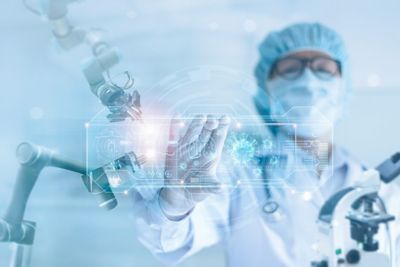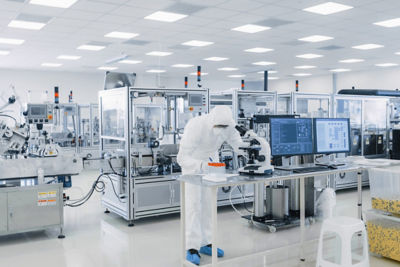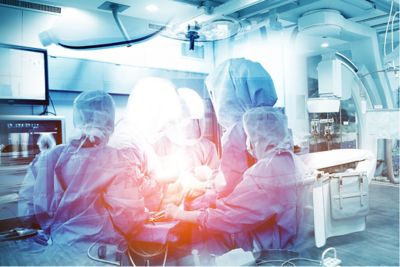Applications
Many in vitro and in vivo tests can now be reduced, refined and sometimes replaced (3Rs) using validated, physics-based simulations. Computational models of cardiovascular, orthopedic and respiratory surgeries provide key insight during surgical planning.
In addition, combining traditional CAE methods with biological models can predict MRI compatibility or the evolution of a wide range of pathologies, including stenosis growth, respiratory pathologies, and healing of orthopedic fractures.



















